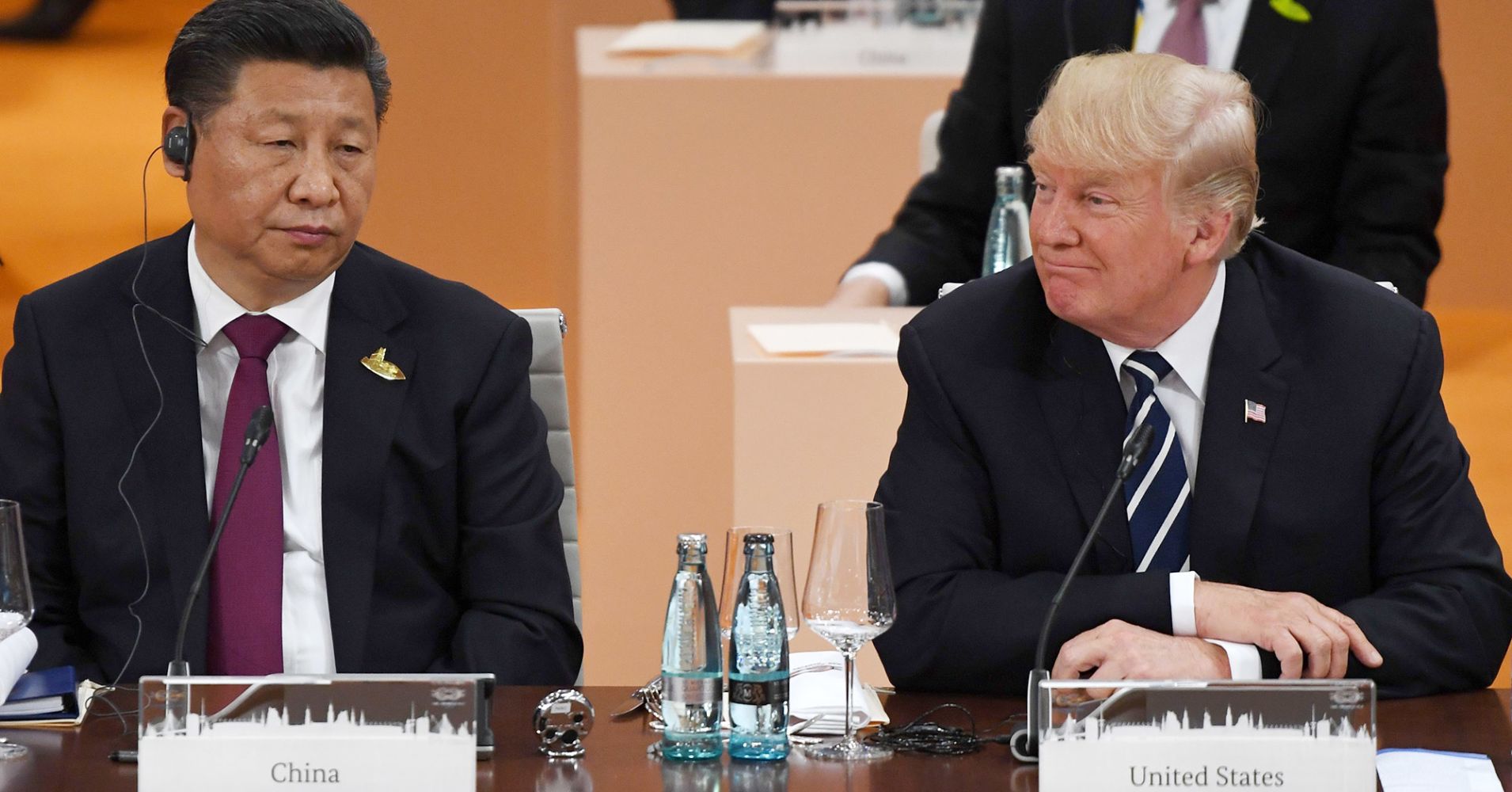The U.S. trade fight is getting nastier and it’s more likely to escalate, but administration officials are hoping to make real progress on NAFTA, a development that could give some comfort to a troubled stock market.
President Donald Trump Wednesday told U.S. Trade Representative Robert Lighthizer to consider bumping the proposed 10 percent tariffs on $200 billion in Chinese goods to 25 percent. The administration extended the comment period on this latest round of tariffs by a week to Sept. 5.
Goldman Sachs economists said the latest threat makes it more likely Trump will move ahead with another wave of tariffs.
“While it is unclear whether the Administration will move forward with a 25 percent tariff, we believe the announcement that it is under consideration further raises the probability that tariffs of at least 10 percent will be imposed on a substantial portion of the $200bn in imports recently detailed,” they wrote Thursday.
Meanwhile, strategists say the Trump administration has been in need of a trade “win” as it sends China increasingly strident messages.
“NAFTA’s going great. We’re getting together. Thursday is going to be a big day,” said Daniel Clifton, head of policy research at Strategas. “Mexico and the U.S. appear to be making significant progress on autos. The rumor is they want a deal by Aug. 15 with Mexico, and then reopen to Canada and see if they can get a final deal by late August.”
Stocks were sharply lower Thursday, ahead of the open after the market waffled on Wednesday, with the Dow and S&P 500 lower amid trade worries. Shanghai stocks were down 2 percent, and global equities were weaker across the board. Treasury yields dipped in a flight-to-safety trade. The dollar firmed, but the Chinese yuan slid to a new 14-month low.
The new tariff threat on Chinese goods comes just days after Beijing retaliated against the administration’s imposition of 25 percent tariffs on $34 billion in goods. The Trump administration is considering an additional $16 billion in goods, but that review is ongoing, an official said Wednesday.
Discussions between the U.S. and China have stalled out, while the Trump administration has been appearing to make progress in talks with the European Union and Mexico. European Commission President Jean-Claude Juncker met at the White House with Trump last week, and the two announced new talks and a truce on any new tariffs, including European autos.
“For every tariff, it’s a tax. Every tax slows growth and raises inflation. At this point, people got encouraged with the Trump-Juncker meeting,” said Peter Boockvar, chief investment officer at Bleakely Financial. “They thought that was a catalyst for a sit down with China, and we’re close to making a deal with Mexico and maybe Canada. For them to have another round of tariffs, the momentum we thought we had was not momentum. It was another two steps back.”
With Europe in flux, Clifton said, “The fight is with China, and they’re going to ratchet China up while continuing to work out deals with allies.”
The announcement also follows news reports Monday of possible talks restarting between China and the administration. That headline boosted the stock market. “It’s beyond me to have the announcement come out that there’s going to be high level talks. ‘Let’s negotiate, then when you turn around, I’m going to crack a bottle over your head,'” said Boockvar. “Maybe this is part of the negotiating process. I have to believe there’s another way.”
Clifton said there’s no sign that any actual talks are underway.
The rhetoric from China has also ramped up. On Wednesday, China’s foreign ministry said: “U.S. pressure and blackmail won’t have an effect. If the United States takes further escalatory steps, China will inevitably take countermeasures and we will resolutely protect our legitimate rights.”
By Thursday, China’s Ministry of Commerce said the U.S. “carrot and stick” method would not work and it would retaliate in order to defend its dignity.
The Trump administration said no specific action on China’s part prompted the latest announcement.
Clifton said there may not be talks between the U.S. and China until after the U.S. mid-term election.
“There’s a growing belief that China doesn’t want to negotiate with the U.S. until after the mid term. The reason for that is they believe Trump will be weakened after the U.S. election. What could impact that is if the polling improves for Republicans and that gets China’s attention,” he said.
Clifton said on the U.S. side, if there were any signs of a slowing of the economy from trade impacts, that could push the Trump administration back to the table with China.
“I think the next step is the implementation of the $16 billion in tariffs, and then they’ll respond with that. The $200 billion is a list but it’s not ready to go and we won’t see that comment period until Sept. 5,” he said.


 Signal2forex.com - Best Forex robots and signals
Signal2forex.com - Best Forex robots and signals




